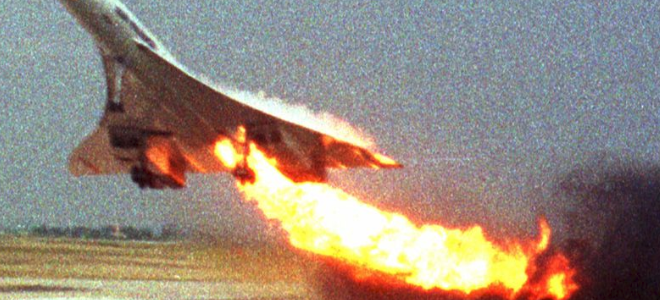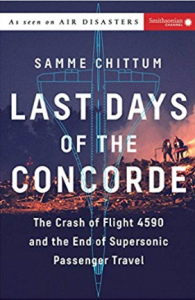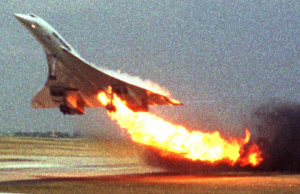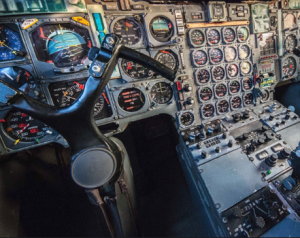
Crash of the Hyper modern dream machine



Concorde had completed 25 years of successful flights whisking wealthy passengers from rock stars to diplomats to corporate titans – between continents flying twice the speed of sound. This is a tale of Concorde crash, the investigation into its causes and the race to prevent similar disasters in the future.
Charles Lindbergh in his Spirit of St Louis Aircraft successfully crossed the Atlantic in May 1927, landing 33 and half hours later at Le Bourget airfield where he was greeted by a crowd of 150, 000 before returning the us and won the 1919,Raymond Orteig, a French born hotelier’s $25, 000 prize for the first person to fly nonstop from New York to Paris. Trans-Atlantic flying is routine and safer today despite the two Boeing 737 Max aircraft crashes. Last year there were 37.8m flights with just 15 fatal accidents according to the Aviation Safety Network.
Concorde could get its passengers to their destinations before they had left. Samme Chittum writes in Last Days of the Concorde, “It seemed always a step ahead of the present, a hyper modern dream machine whose sleek delta wing, ultrathin fuselage and characteristic needle nose made it both odd and arresting”.
Beginning its first passenger flights in 1976, Concorde flew faster than any commercial jet before or since at twice the speed of sound. Concorde would take off from Paris at 10:30am, land in New York at 8:15am. Its luxurious interior, carrying only 100 passengers, but to anyone who had a privilege of flying in it was unforgettable experience. There was excitement as the screen at the front displayed the plane’s acceleration to Mach1. The slight jolt as the jet’s afterburners propelled the plane through the sound barrier. Chattam notes the “stunning panorama that included the curvature of the earth and high above, the darkening indigo of outer space”.
Concorde, an Anglo-French collaboration, which began in the 1960s when both the British and French governments were searching for a prestigious project to match America’s achievement in space. “ It is not unreasonable to look upon the Concorde as a miracle, “ the book quotes Concorde test pilot Brian Trubshaw saying, “Who would have predicted that the combination of two governments, two airframe companies, two engine companies – each with different cultures, languages and units of measurement- would have produced a technical achievement the size of the Concorde?”
Although Concorde was a technical achievement it was a commercial failure as only 20 Concordes were built, of which 14 were in regular service. Concorde was fuel hungry, and, with the 1970s oil shock, airlines wanted more energy-efficient planes. Concordes Thunderous noise meant it was never allowed to fly beyond America’s eastern cities, although the plane’s champions saw an element of US resentment at Concorde’s success.
ON July 25, 2000, while guiding an Air France Concorde through take-off from Paris’s Charles de Gaulle airport, an air traffic controller saw vivid flames streaming underneath one of the wings. After alerting Charles de Gaulle’s fire service to prepare for the plane to return and land, the Concorde first officer announced they were heading for nearby Le Bourget but never made it. Air France Flight 4590 crashed into a hotel killing all 100 passengers, the nine-strong crew and four hotel staff.
Chittum recollects the crash investigation, led by France’s Bureau d’Enquetes et d’Analyses, with verve: Investigators discovered a 17-inch piece of metal on the runway had burst a tyre, which had raptured a fuel tank. A study of the planes taken off before led to a Continental Airlines DC-10 that was missing a metal piece from the rear hood of one of its engines, with a hint of red glue that matched that on the metal strip.
Concorde resumed its flights, but the glory had already gone. In 2003, BA and Air France grounded the plane for good.
Air Travel today is about efficiency and cost control rather than glamour and speed.The world air travel was moving towards the Ryan Air, Easyjet, South West Airlines with no-frills and made it affordable to the common man not just for the elite.
Last Days of the Concorde: The Crash of Flight 4590 and The End of Supersonic Passenger Travel by Samme Chittum, Smithsonian Books £24.95, 254 pages.
